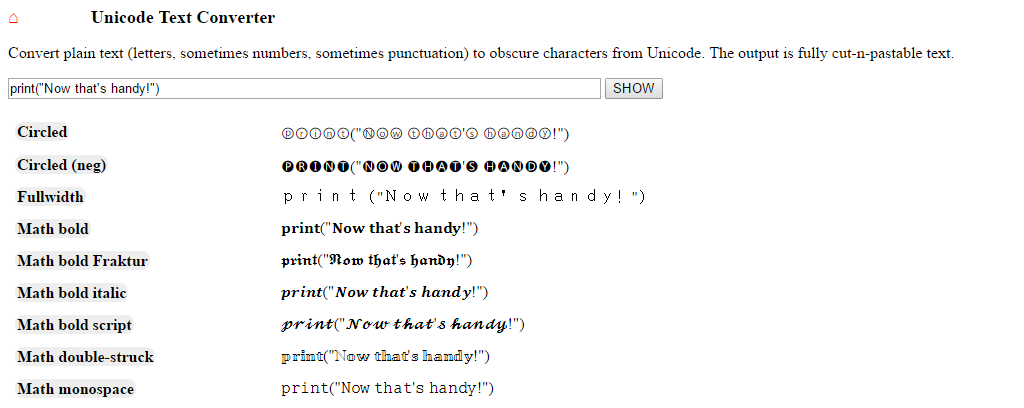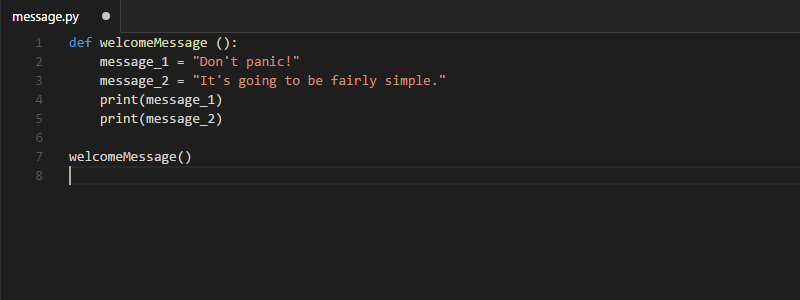Ensimmäisellä luennolla tutustutaan muotoilemattomaan tekstiin, muotoiltuun tekstiin sekä rakenteiseen tekstiin.
During the final lecture, we’ll look at handling XML files with Python and how Python can be used to copy and move files.
During lecture 6, we’ll take a look at how we can create our own functions in Python. We’ll learn how we can use functions and their return values to clean the structure of our scripts. We will also have a look at Python’s ElementTree module and see how we can use it to read XML files.
This time around, we’ll look at how to open, read and examine files. Then, we’ll look at how we can build our own functions and use them to clean up the structure of our programs.
The third lecture starts with a quick recap of what we learned last week. Then, we will take a look at the different data structures – lists, tuples and dictionaries – we have at our disposal, and start figuring out how and why we should use them. Once we’ve mastered them all, we’ll move on to loops, starting with the while loop.
If time permits, which it probably won’t, we’ll also have a look at for loops.
The second lecture starts with a quick recap of what we learned last week. After that, we’ll look into different functions that we can use to work with strings and other sequences. Then, we’ll learn about Boolean data types and conditional statements and see how they can be used to control the flow of our programs. We’ll also have a look at the various logical operators we can use in conditional statements. Finally, if time permits, we’ll look at the different data structures – lists, tuples and dictionaries – we have at our disposal.

Google Forms is a simple, handy tool for creating quizzes and questionnaires. One thing that slightly bugs me with Google Forms, though, is that there are currently no tools available for formatting the text in the quizzes. This makes it a bit difficult to add, fox example, bits of code in the quiz questions and highlight them properly.
However, as this article at GAFE points out, you can use a handy Unicode text converter to convert strings of ASCII text to various styles created with Unicode characters. For bits of code, the converter produces a nice monospaced variant that you can simply copy-paste to Google Forms.

Lecture one starts from the very basics. First, we’ll take a look at why this course is on the curriculum (there’s a solid reason!) and have a brief look at all the fun things you’ll learn about during the course:
- Variables
- Playing with numbers
- Working with text
- Conditional statements
- Data structures
- Loops
- Functions
- File handling
After the introduction, we’ll jump straight into Python and get to know both the Python Shell and IDLE. We’ll then get acquainted with variables and start using them with numbers and do a (tiny) bit of math. Next, we’ll move onto text, or strings, and figure out how to print stuff, manipulate text and ask for user input in Python.
Download files:
I usually work on DITA modules with Oxygen XML Editor, but some of my colleagues prefer to use XMetaL for their editing needs. They are mostly happy with the tool, but found some of the out-of-the-box features a bit annoying.
Updating the topic type templates
Whenever you create a new topic with XMetaL, the editor adds the following comment on each new topic:
This is not a big deal and it doesn’t really affect the published content, but having to look at the comment might bug some authors. So, let’s make it go away.
(more…)